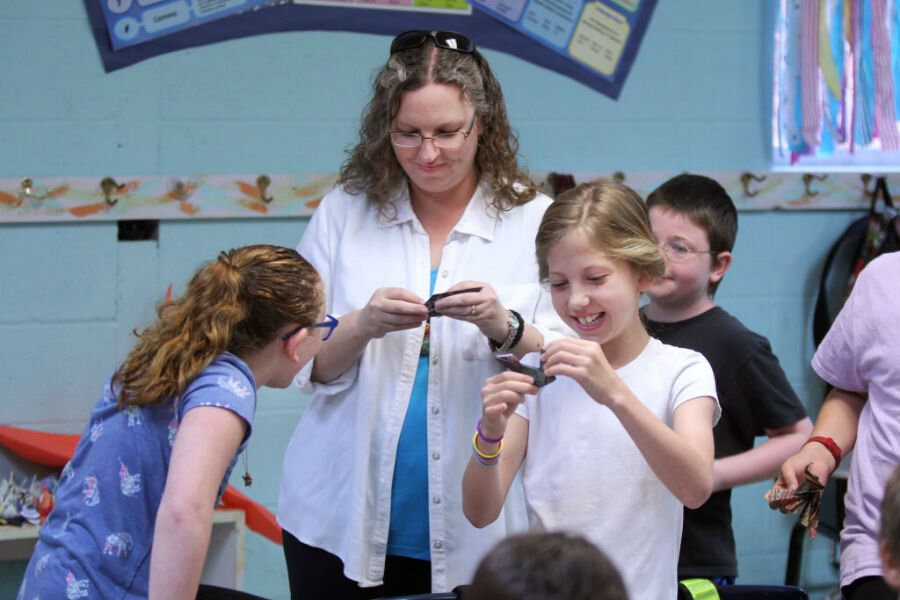Women lag men in retirement savings, but they have one big advantage
Loading...
When it comes to retirement savings, women lag behind men. According to a new report by the National Institute on Retirement Security (NIRS), retired women aged 65 and older are 80 percent more likely to be impoverished than their male counterparts. Retired women aged 75 or older are three times more likely than men to be in poverty. Because women are more likely to take time off of work or work part-time, saving for retirement can be more difficult, especially when factoring in compound interest, where it pays to be an early saver.
Women also are less likely than men to participate in a retirement savings plan. According to the Department of Labor, 63 million women in the US are working for wages or a salary between the ages of 21 and 64. Only 44 percent of those participate in a retirement savings plan.
The low savings rate among working women can be attributed in part to the ways they are participating differently than men in the workforce. Women are more likely to work part-time, which may exclude them from eligibility in retirement plans.
Additionally, women are more likely to make emergency withdrawals from 401(k) savings, notes Virginia Maguire, director of retirement products and solutions at Aon Hewitt, a risk management firm. “Women, in some cases, are hit repeatedly throughout their career or dinged throughout their career in saving for retirement," she tells the Washington Post. "They start at a lower salary scale. To save the same percentage (as men) would be a smaller dollar amount a month. Often women take a break in service, so they have a smaller (retirement) balance.”
There's some good news, however. Certain fields women are more likely to enter, such as education, health services, or public administration, are more likely to have defined retirement plans. According to NIRS, women lead men in working for employers with outlined retirement programs for employees. Though women who who work in those fields aren't likely to have high salaries, they are also less likely to fall into poverty as they get older.
Of women who retired from a career in education, for example, only four percent aged 65 or older are considered poor, according to NIRS. For those women who worked in public administration, five percent are below the poverty line in their later years, compared with seven percent of health services workers and nine percent of retail workers.
The NIRS suggests that women begin saving right away, either through an employer’s 401(k) savings plan or through an individual retirement account (IRA), like MyRA. Also, Jennifer Brown, manager of research at the NIRS, told USAToday, that she suggests taking advantage of savings rewards, like the federal Saver’s Credit for low or moderate income individuals. This program provides a tax credit for those who contribute to a retirement savings account.
In order to close the retirement savings gap between women and men, Aon Hewitt recommends that companies offer tools to help women save, such as healthcare, financial management, and debt management education. Employers can also encourage professional advice for investments and add features to companies’ 401(k) savings plan that help workers save more aggressively.








